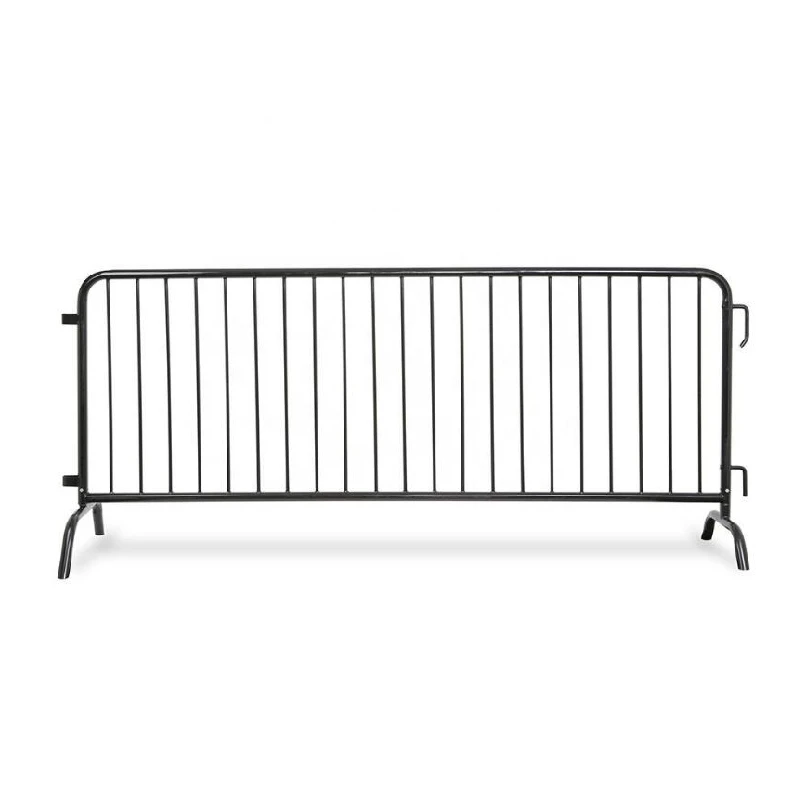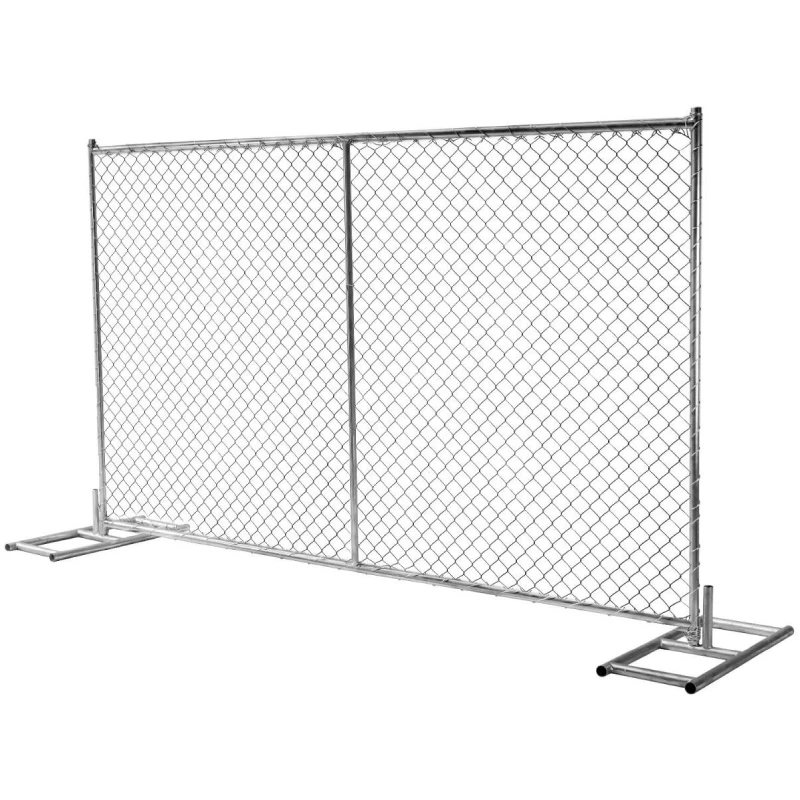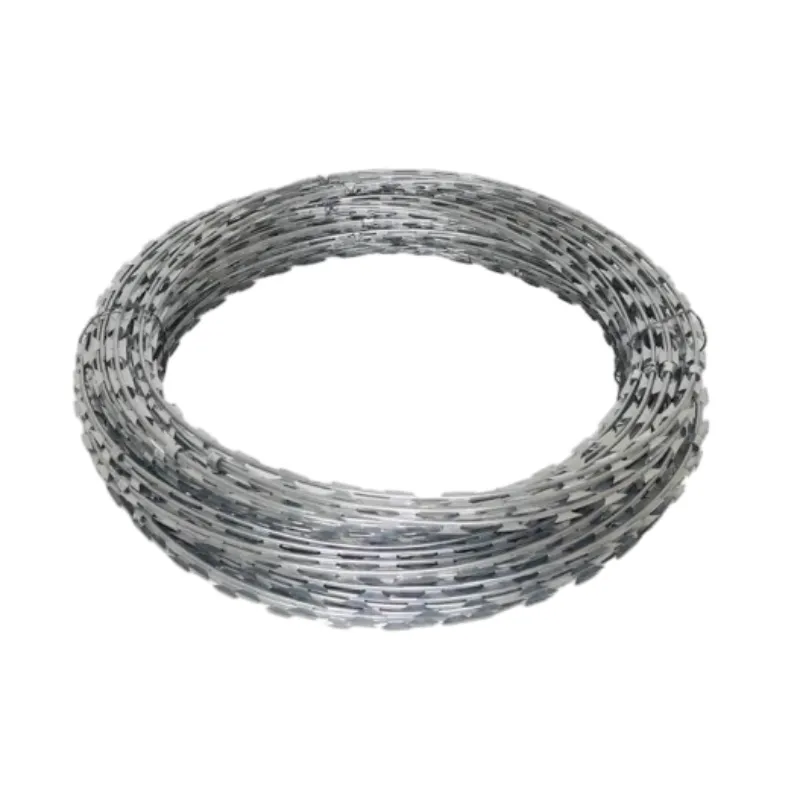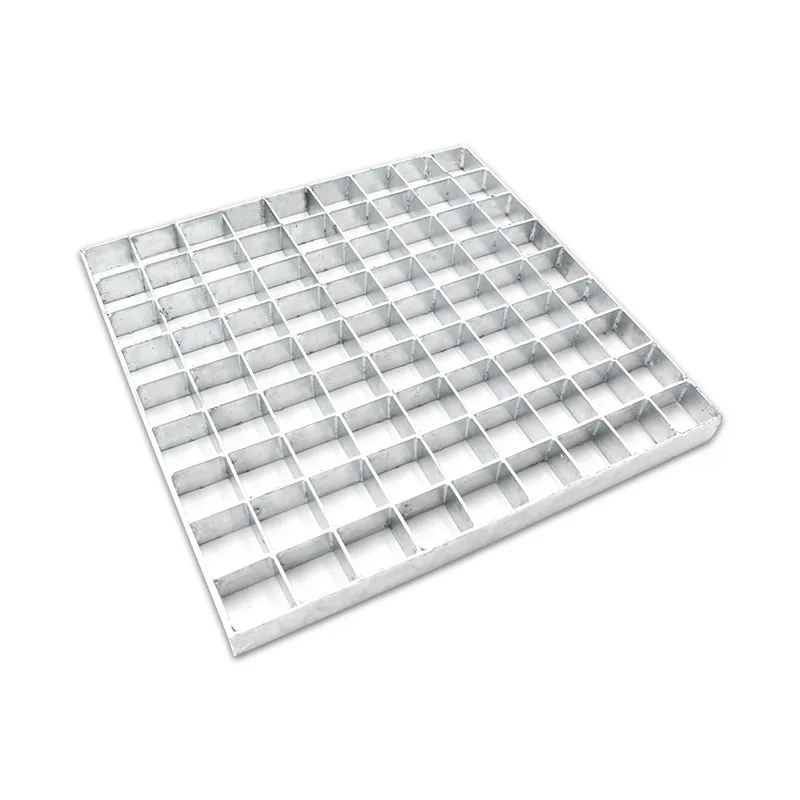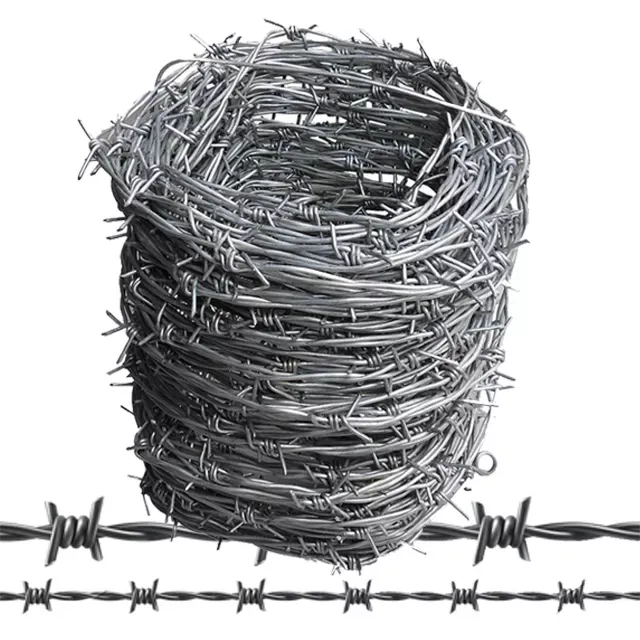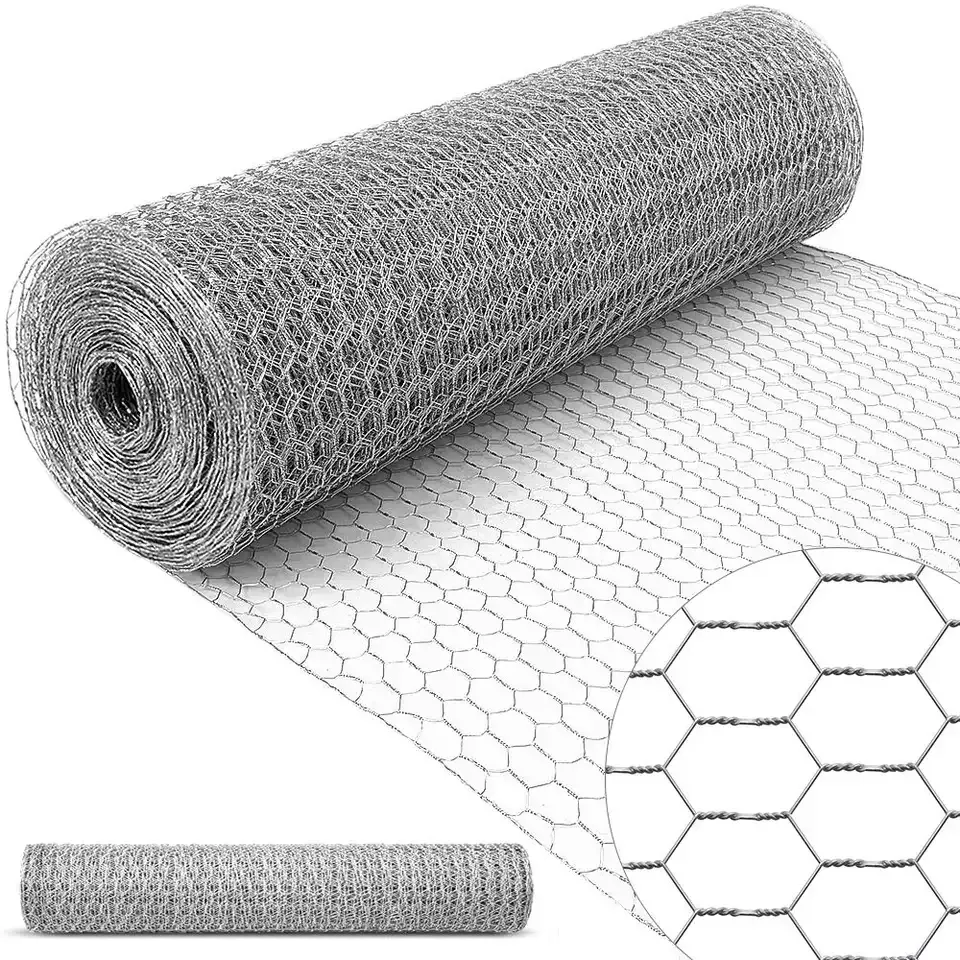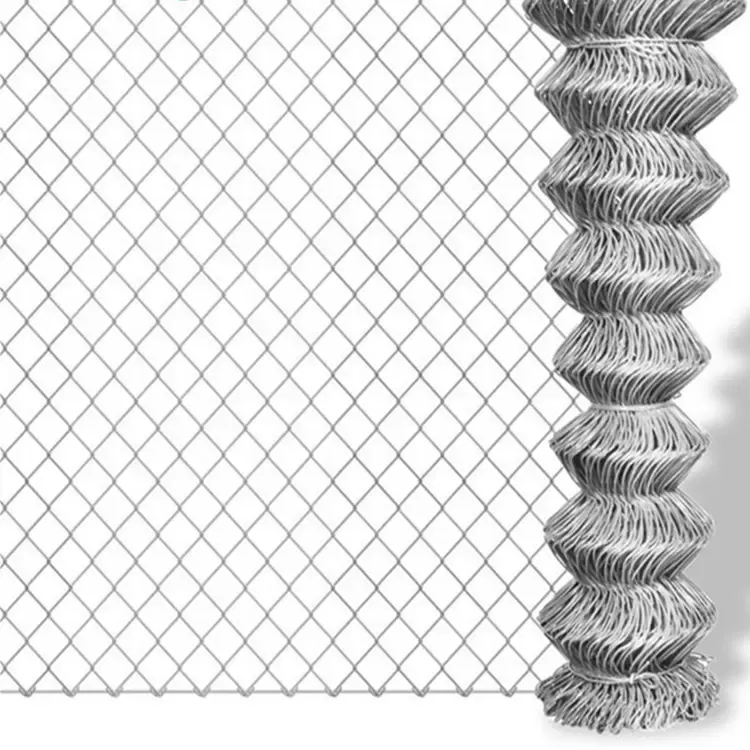
- Afrikaans
- Albanian
- Arabic
- Armenian
- Azerbaijani
- Basque
- Belarusian
- Bengali
- Bosnian
- Bulgarian
- Croatian
- Czech
- Danish
- Dutch
- English
- Esperanto
- Estonian
- Finnish
- French
- Galician
- Georgian
- German
- Greek
- hawaiian
- Hindi
- Hungarian
- Indonesian
- irish
- Italian
- Lao
- Latvian
- Lithuanian
- Luxembourgish
- Macedonian
- Maltese
- Myanmar
- Norwegian
- Polish
- Portuguese
- Romanian
- Russian
- Serbian
- Slovak
- Somali
- Spanish
- Swedish
- Thai
- Turkish
- Turkmen
- Vietnamese
May . 30, 2025 18:55 Back to list
Durable Rock Gabion Baskets for Landscaping & Erosion Control
- The Engineering Excellence of Rock Gabion Baskets
- Structural Advantages Driving Erosion Control Dominance
- Technical Comparison: Leading Gabion Basket Manufacturers
- Project-Specific Customization Capabilities
- Real-World Applications Transforming Landscapes
- Strategic Installation Protocols for Maximum Longevity
- Future-Proofing Infrastructure with Wire Gabion Rock Fence Systems

(rock gabion baskets)
The Engineering Excellence of Rock Gabion Baskets
Modern construction leverages rock gabion baskets
for their unique combination of natural aesthetics and industrial-grade performance. These wire-enclosed stone structures outperform traditional concrete solutions in hydrological applications, with 92% of civil engineers reporting superior drainage capability in flood control projects. The fundamental design – hexagonal double-twist wire mesh filled with locally quarried stone – creates semi-permeable barriers that dissipate hydraulic pressure rather than resisting it.
Durability metrics reveal galvanized gabion rock baskets maintain structural integrity for 50-100 years even in saltwater environments, according to ISO 1520 corrosion resistance standards. Unlike rigid alternatives, these flexible systems accommodate ground movement – crucial in seismic zones where they've reduced reconstruction costs by 78% after tectonic events. Project managers increasingly specify them after observing 35% faster installation times compared to poured concrete alternatives.
Structural Advantages Driving Erosion Control Dominance
Gabion structures demonstrate exceptional performance metrics where water meets land. Testing by hydraulic engineers confirms properly installed units withstand 4.5m/s water velocity without displacement – enough to handle Category 3 hurricane runoff. The honeycomb matrix achieves this through calculated mass rather than friction alone, with each cubic meter containing approximately 1.7 tons of stone aggregate.
Critical advantages driving adoption:
- Permeability Index: 45% faster subsurface drainage than solid barriers
- Vegetation Integration: Native species root through gaps, increasing soil bond strength by 300%
- Carbon Footprint: 85% lower embodied energy than reinforced concrete
- Thermal Regulation: Stone cores moderate temperature fluctuations by 12°C in adjacent soils
Technical Comparison: Leading Gabion Basket Manufacturers
| Specification | Maccaferri | Tensar | Gabion Technologies | Global Synthetics |
|---|---|---|---|---|
| Wire Gauge (mm) | 3.0-4.0 | 2.8-3.7 | 3.2-3.9 | 2.9-3.5 |
| Zinc Coating (g/m²) | 250-400 | 200-350 | 275-425 | 225-375 |
| PVC Layer Thickness | 0.55 mm | 0.45 mm | 0.60 mm | 0.50 mm |
| Tensile Strength (kN/m) | 50-90 | 45-75 | 55-95 | 42-80 |
| Panel Dimensions Flexibility | ±5% | ±8% | ±4% | ±7% |
| Project Lifespan Guarantee | 70 years | 60 years | 75 years | 55 years |
Project-Specific Customization Capabilities
Beyond standard rectangular units, advanced fabrication enables bespoke gabion configurations meeting unique site requirements. For the Singapore Changi Airport expansion, engineers deployed curvilinear units with 11m radius to create sound-dampening berms. Coastal installations in the Netherlands feature asymmetric trapezoids that redirect tidal energy while accommodating 20m annual sediment movement.
Key customization variables include:
- Wire Composition: Polymer coatings in 21 RAL colors, marine-grade stainless steel options
- Cell Geometry:Varied mesh density (50-100mm apertures) for selective filtration
- Compartmentalization:
- Composite Integration:
Real-World Applications Transforming Landscapes
Denver International Airport employed gabion rock baskets across 14km of runway drainage channels, cutting sediment cleanup expenses by $420,000 annually. Similar systems contain the Rocky Mountain slopes above the Trans-Canada Highway, where maintenance frequency dropped from biannual to decadal intervals. Architects increasingly specify decorative installations like California's Napa Valley wineries, where thermal mass properties naturally moderate barrel room temperatures.
Project | Location | Key Innovation | Performance Metric
Gowanus Canal | Brooklyn, NY | Hybrid bioretention cells | 89% pollutant removal
Hong Kong-Zhuhai Bridge | China | Offshore wave dissipaters | Withstands 9m typhoon swells
Vineyard Terraces | Tuscany, Italy | Curved agricultural retention | 17% increased arable land
Solar Farm Perimeter | Arizona, USA | Reflective stone surfaces | 5°C microclimate reduction
Strategic Installation Protocols for Maximum Longevity
Proper construction begins with site-specific geotextile selection, where woven polypropylene membranes with 120-200kN tear strength prevent subsurface migration. Filling operations follow strict sequencing: installing coarse filter stone first before adding primary infill reduces void spaces by 19%. The critical third lift triggers the settlement compression phase – stone interlock density increases 22% after initial rainfall saturation.
Post-installation monitoring identifies stabilization milestones:
- 14-day period: Initial geotechnical settling documented by laser scan
- 90-day inspection: Vegetative integration begins monitoring root penetration
- Annual assessment: Zinc coating integrity verified via electromagnetic testing
Future-Proofing Infrastructure with Wire Gabion Rock Fence Systems
Civil engineers increasingly designate wire gabion rock fence networks as primary defenses against climate volatility. The modular systems outperform rigid alternatives in resilience modeling, requiring 47% less reinforcement to meet SLR-adaptive infrastructure standards. Urban planners in Rotterdam's Floating City development utilize gabion walls as foundational structures, leveraging the weight-to-flexibility ratio absent in concrete or sheet pile alternatives.
Innovation pipelines include photocatalytic coatings that neutralize air pollutants and embedded piezoelectric elements converting pressure differentials into renewable energy. As infrastructure demands evolve, gabion systems demonstrate unprecedented adaptability – from highway projects to coastal preservation initiatives requiring durable yet sustainable solutions.

(rock gabion baskets)
FAQS on rock gabion baskets
Q: What are the primary uses of rock gabion baskets?
A: Rock gabion baskets are used for erosion control, retaining walls, and landscaping. They provide structural stability while allowing natural drainage. Their wire mesh design holds rocks securely in place.
Q: How do gabion rock baskets differ from traditional retaining walls?
A: Gabion rock baskets are flexible, cost-effective, and easier to install than concrete walls. They blend with natural environments and require minimal maintenance. Their permeability reduces hydrostatic pressure buildup.
Q: What type of wire is best for wire gabion rock fences?
A: Galvanized steel or PVC-coated wire is ideal for durability and corrosion resistance. These materials withstand harsh weather and soil conditions. Mesh size depends on rock dimensions and project requirements.
Q: Can rock gabion baskets be used in DIY landscaping projects?
A: Yes, their modular design makes them suitable for DIY applications. Proper site preparation and rock filling are crucial for stability. Follow guidelines for securing mesh panels and ensuring even weight distribution.
Q: How long do wire gabion rock fences typically last?
A: With quality materials, they can last 50+ years. Galvanized or coated wire prevents rust, while dense rocks resist shifting. Periodic inspections ensure long-term structural integrity.
-
Why Welded Gabions Are Redefining Modern Landscape
NewsAug.18,2025
-
Padel Court for Sale
NewsAug.18,2025
-
Modern Open Gable Trellis System
NewsAug.18,2025
-
Guide to Durable and Efficient Fence Post Solutions
NewsAug.18,2025
-
Durable and Affordable Y Post Fence Solutions
NewsAug.18,2025
-
Construction Projects with Reliable Gabion Solutions
NewsAug.18,2025


